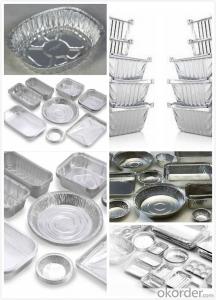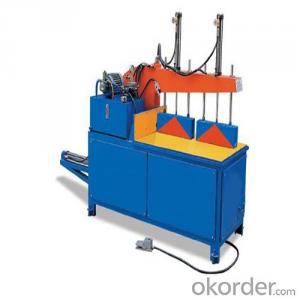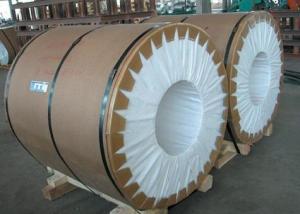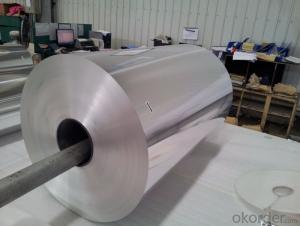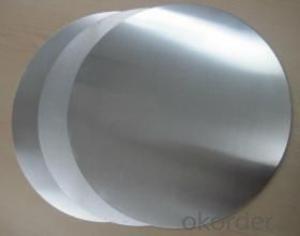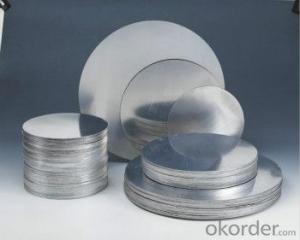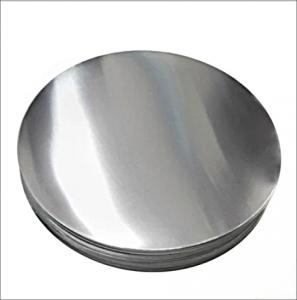Aluminum Fin Stock
Aluminum Fin Stock Related Searches
Aluminum Stock Aluminum Fin Stock Manufacturers Aluminum Frame Stock Aluminum Mill Stock Aluminum Price Stock Aluminum Metal Stock Aluminum Pipe Stock Aluminum Gun Stock Aluminum Foil Stock Aluminum Shim Stock Aluminum Ar Stock Aluminum Ak Stock Us Aluminum Stock Aluminum Fuel Rail Stock Aluminum Hinge Stock Stock Aluminum Aluminum Rifle Stock Aluminum Raw Stock Aluminum Trim Stock Aluminum Lathe Stock Aluminum Laminated Shim Stock Aluminum Tubing Stock Aluminum Stock Material Aluminum Machining Stock Tube Aluminum Stock Aluminum Strip Stock Anodized Aluminum Stock Aluminum Box Stock Aluminum Ion Stock Aluminum Key StockAluminum Fin Stock Supplier & Manufacturer from China
Aluminum Fin Stock is a type of extruded aluminum material that is specifically designed for use in heat exchangers, radiators, and other applications where efficient heat transfer is required. This product features a high thermal conductivity and a lightweight design, making it an ideal choice for various industrial and automotive applications. The aluminum fin stock is known for its durability and resistance to corrosion, ensuring long-lasting performance in diverse environments.The aluminum fin stock is widely used in various industries, including automotive, aerospace, and HVAC systems. It is employed in the construction of heat exchangers, where its high thermal conductivity allows for efficient heat dissipation. Additionally, the lightweight nature of aluminum fin stock contributes to energy efficiency and reduced fuel consumption in vehicles. In HVAC systems, it is utilized in the manufacturing of radiators and heat sinks, ensuring optimal temperature regulation and comfort.
Okorder.com is a reputable wholesale supplier of aluminum fin stock, boasting a large inventory to cater to the needs of various industries. As a leading distributor, they offer competitive prices and reliable service, ensuring that customers receive high-quality products promptly. By partnering with Okorder.com, businesses can access a diverse range of aluminum fin stock options, enabling them to find the perfect solution for their specific application requirements.
Hot Products

















